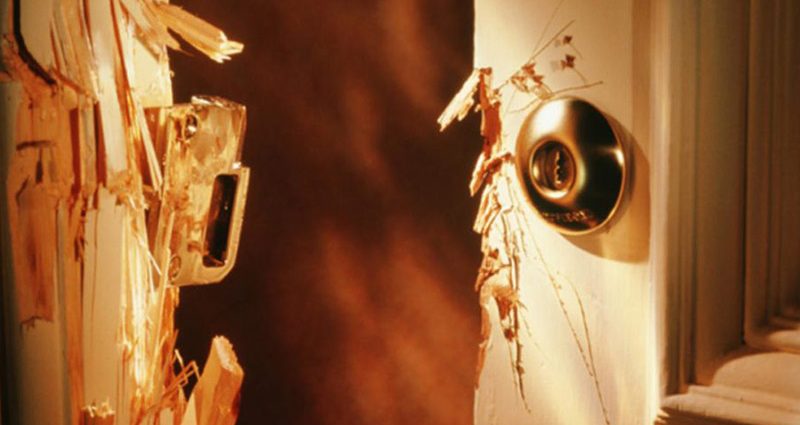Preparing food and supply kits is important and having these things for an emergency bug out (evacuation) or prolonged ‘bunker down’ is essential for all kinds of potential crises. However you can choose to take the extra step and harden your home or even add a protective structure to your home to help protect you from natural disaster.
It is not too hard to make your home more crisis proof from things like windstorms, earthquakes, fires etc., here are some general tips for you:
Secure Outside Items
Garbage cans, lawn furniture and barbecues can upend from strong winds, threatening to damage your house. Bring them inside or securely store them in the garage, where your car should be stored as well.
Prune the Trees
Trimmed trees make the lawn look larger but they also minimize damage to your property in the case of a natural disaster. If your foliage sits on or close to a power line, the local utility company may cut them back free of charge.
Clean The Gutters
Clear out blockages from gutters and drain systems. To see if a blockage is lodged in the gutter, pour water down the top while someone judges whether they water can hear the water come to the bottom. Consider adding additional piping to the bottom of your gutters, pushing drainage out farther from the house’s foundation.
Board the Windows
Always close and lock the windows. In the case of hurricanes, move the furniture away from windows and cover those glass-filled openings with pre-cut wood or hurricane shutters to minimize window breakage and protect against bodily harm.
Reinforce the Front Door
A new front door is one of the best home improvements you can make to increase your home’s value. Consider replacing that rickety old door with a solid wood or hollow steel door equipped with secure hinges and a deadbolt: it will pay for itself when you sell and minimize the effects of a disaster. Perhaps most importantly. a reinforced door will help to keep out intruders in times of crisis.
Repair Cracks and Leaks
Anything faulty in the home will break further and faster in a natural disaster. Before a disaster can take you off guard, repair cracks in ceilings or the foundation, as they make the home more susceptible to severe damage in earthquakes; repair shoddy wiring and gas leaks as these can cause fires.
Check Out The Roof And Foundation
This is a preparatory tip that should be done at least once a year, natural disaster or no. Check the roof and repair loose shingles. Consider updating your roof with gable end braces to thwart against hurricanes. To prevent buffer an older home from earthquakes, consider shelling out a few hundred dollars for half-inch anchor bolts and earthquake brackets to secure the house to its foundation.
Account For Your Belongings
Video or take pictures of your home and its contents. These can be used for reference if anything is lost or damaged. Have your insurance company’s numbers programmed into the phone.
Valves And Thermostats
If you know a disaster is imminent, crank the fridge to the coldest setting. When the storm descends turn off all utilities and gas lines. Don’t forget to pack a emergency kit with battery operated gadgets, nonperishable food and water.
Bugging out may not always be necessary and it is worth hardening your home.

